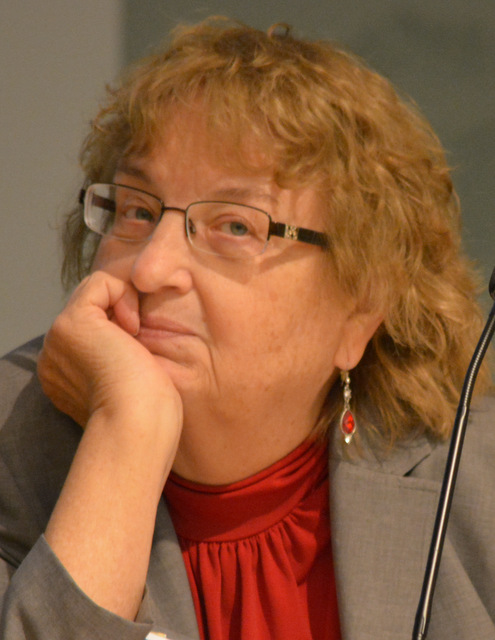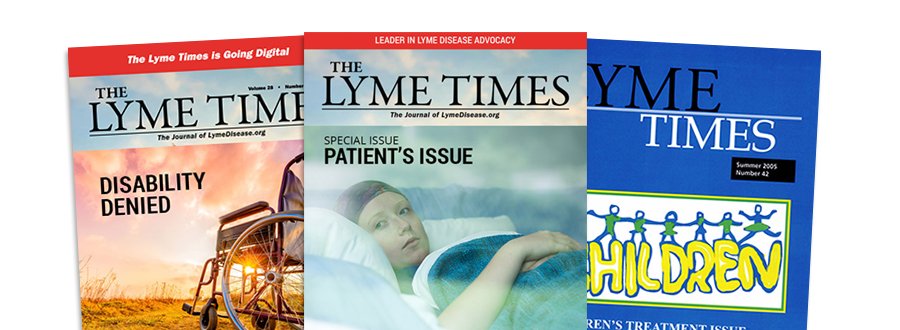Lyme Patients Involved With Tick-Borne Disease Working Group Offer Their Opinions Members of the Tick-Borne Diseases Working Group share their feelings about what being a part of the process has meant to them.
T he creation of the Tick-Borne Diseases Working Group was a milestone for Lyme patients and advocates. It finally gave them a seat at the table when Lyme disease was being discussed at the national level.
“Prior to this, the Lyme community was left in the dark without being considered,” said Jill Auerbach of Dutchess County, New York, one of 11 patients selected by the Department of Health and Human Services (HHS) for the six subcommittees of the Working Group. Now that the first phase of the group’s task is nearing completion, I wanted to find out how these patients felt about their experience.
 I started with Lyme Disease Association President Pat Smith, a mother of two daughters with Lyme. A prime mover and shaker, she has worked with members of Congress for more than 20 years to pass a bill that would include patients and/or family members, advocates, and treating physicians along with federal agency representatives. Smith was a key player when a group of advocates in December 2016 succeeded in having Lyme-friendly language included in the 21st Century Cures Act. HHS appointed her, along with Ben Beard of the Centers for Disease Control (CDC), as co-chair of the Disease Vectors, Surveillance, and Prevention Subcommittee, of which I also was a member. Smith made clear that for this interview, she spoke as an individual and not as a representative of the Working Group or HHS.
I started with Lyme Disease Association President Pat Smith, a mother of two daughters with Lyme. A prime mover and shaker, she has worked with members of Congress for more than 20 years to pass a bill that would include patients and/or family members, advocates, and treating physicians along with federal agency representatives. Smith was a key player when a group of advocates in December 2016 succeeded in having Lyme-friendly language included in the 21st Century Cures Act. HHS appointed her, along with Ben Beard of the Centers for Disease Control (CDC), as co-chair of the Disease Vectors, Surveillance, and Prevention Subcommittee, of which I also was a member. Smith made clear that for this interview, she spoke as an individual and not as a representative of the Working Group or HHS.
“The government has been making decisions affecting the lives of hundreds of thousands of people with Lyme disease and the public at large who were at risk,” Smith said. “They made decisions behind closed doors, without the voice of the most affected stakeholders, the patients.”
Smith said the legislation guaranteed that the federal advisory group would represent a diversity of viewpoints. This paved the way for including the perspective of the International Lyme and Associated Diseases Society as well as that of the Infectious Diseases Society of America—and for transparency of the whole process. The Working Group is covered under the Federal Advisory Committee Act, which ensures that meetings are accessible and generally open to the public. Patient representatives can raise issues that are most important from a patient perspective and can fight to include those issues in any report, either as part of the majority opinion or as a minority report. This means patients’ voices will finally be heard, Smith said…….. Join or login below to continue reading.





























